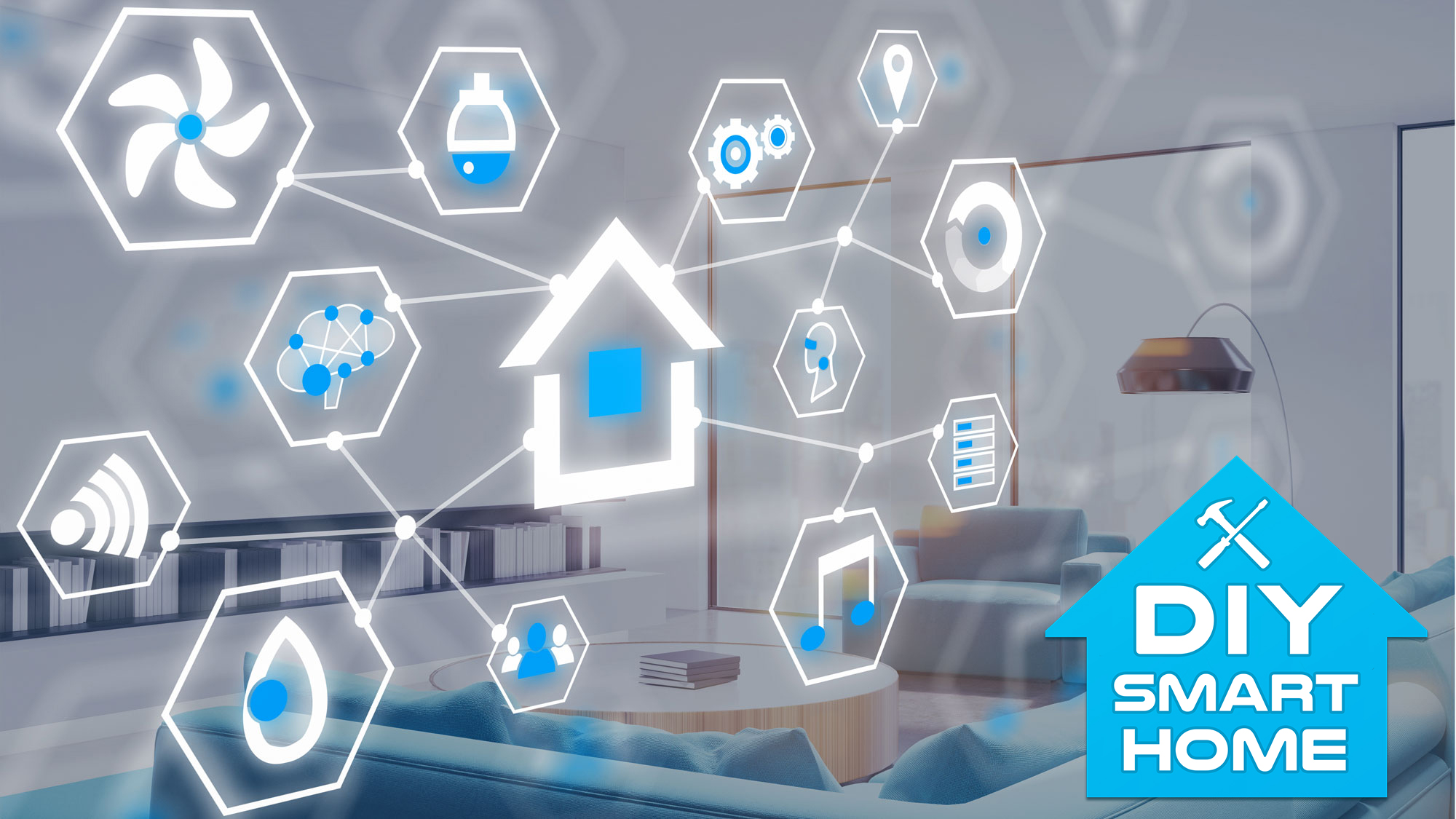5 common smart home problems and how to solve them
Smart home struggles? We're here to help

Even if you follow our ultimate smart home guide step-by-step, chances are setting up your connected devices will require some troubleshooting. And even with unifying initiatives like Matter promising to make your smart home more coherent, you probably will still face common smart home questions and concerns.
Whether you’re new to the best smart home devices or already live among dozens of app- and voice-enabled gadgets, getting your smart home to work exactly how you want it to can be a challenge. Can't pair your latest smart home purchase to your Wi-Fi network? Worried that you’re spending too much for all things IoT? Stuck at square-one, struggling to understand the difference between the top smart home platforms?
We know how to answer your questions because we’ve asked them ourselves at one point. We did set up a DIY smart home, after all. Here are the five biggest smart home problems and how to solve them.
I can't connect my smart home devices to Wi-Fi
Perhaps the most common problem when setting up a smart home device is failure to get it online. Whether you have one of the best Wi-Fi routers or best mesh Wi-Fi systems, you need your smart home device to recognize your Wi-Fi network so it can communicate with the other connected products you own.
There are a few reasons you might see error messages related to your network. First, not all smart home devices are compatible with both 2.4GHz and 5GHz Wi-Fi bands — in fact, most will only connect to the 2.4GHz band. You can check the band your setup device (your smartphone) is connected to by viewing your network profile or settings.
Alternatively, you might need to read up on how to make your Wi-Fi faster or where to place your router for the best Wi-Fi signal. It’s possible your network is bogged down or doesn’t reach your new smart home device’s location. In that case, you might need one of the best Wi-Fi extenders. And if all else fails, try restarting your router — yes, the off/on method works sometimes.
I can't drill holes into walls
Do you rent your living space? You might face restrictions when it comes to renovations, no matter how minor. Perhaps you can’t even drill holes in your wall. Luckily, all the best renter-friendly smart home devices can be powered through batteries or using your existing outlets. No need to learn what a neutral wire is or why you need a C-Wire.
Sign up to get the BEST of Tom's Guide direct to your inbox.
Get instant access to breaking news, the hottest reviews, great deals and helpful tips.
You’ll likely want to avoid installing any of the best video doorbells or best smart thermostats, and replacing existing switches with smart ones is a lot of work for a place of temporary living. Instead, consider raising your home’s IQ with smart speakers, lights and plugs. Or using stick-up cameras instead of video doorbells. Routines then introduce automation that anyone can achieve with the proper hardware — even in a rented abode.
Check out the best smart speakers, best smart light bulbs and best smart plugs for creating a smart space without damaging your rented door, walls or wiring.
Should I use Alexa, HomeKit or Google Home?
You can use Alexa, HomeKit and Google Home, if you like. Not all, but many of the best Alexa compatible devices are also the best Google Home compatible devices and best HomeKit devices. Still, when it comes to creating routines and an organized dashboard to control your smart home (who wants to download a dozen different smart home apps?), it can help to commit to one platform.
In our DIY smart home we chose Alexa over Google Assistant because of services like Alexa Guard and Alexa Hunches. But we’ve also been using HomeKit more regularly, since it integrates easily with the iPhone and Apple Watch. And if you use Google services daily, you might want to use Nest devices and Google Assistant instead of Alexa or Siri.
Either way, you’ll probably want one of the best Alexa speakers, best Google Home speakers or a HomePod mini to establish your smart home’s foundation. Before you buy any new smart home devices going forward, look at the packaging or fine print to ensure they support the platform you choose.
I’m on a tight budget
Building a smart home doesn’t need to be expensive. In fact, taking the DIY route can help you save thousands. All the best cheap smart home devices cost under $100, and often much less. Smart plugs go for about $20, as can a pack of smart light bulbs. The Echo Dot costs just $49. There are even brands like Wyze committed to affordable gadgets for every part of your home. Have you heard of the $25 Wyze Cam v3?
So don’t feel pressured to splurge on Philips Hue lights if they’re outside your budget. Of course inexpensive devices could, and often do, have their share of caveats. We suggest sticking to well-known brands and smaller setups within your budget.
Do I need to be worried about privacy?
Smart home devices often use our learned behavior to better adapt to our needs and routines. Many have microphones built-in, so they can await a command or stay alert for suspicious sounds. Some even have cameras that you can watch anywhere from your smartphone.
So yes, you need to be concerned about privacy, but it’s not beyond your control. The vast majority of smart home “hackers” have been the result of people using poor passwords. When setting up accounts for your various smart home devices, be sure to read up on how to create strong passwords. It could give you peace of mind to buy products with physical mute switches or shutters, so you can disable the microphone or camera whenever you want.
Also run firmware updates as they become available for your devices. Firmware updates can protect your devices from possible vulnerabilities or hacks. You’ll want to know how to secure your Wi-Fi, too.
Kate Kozuch is the managing editor of social and video at Tom’s Guide. She writes about smartwatches, TVs, audio devices, and some cooking appliances, too. Kate appears on Fox News to talk tech trends and runs the Tom's Guide TikTok account, which you should be following if you don't already. When she’s not filming tech videos, you can find her taking up a new sport, mastering the NYT Crossword or channeling her inner celebrity chef.

